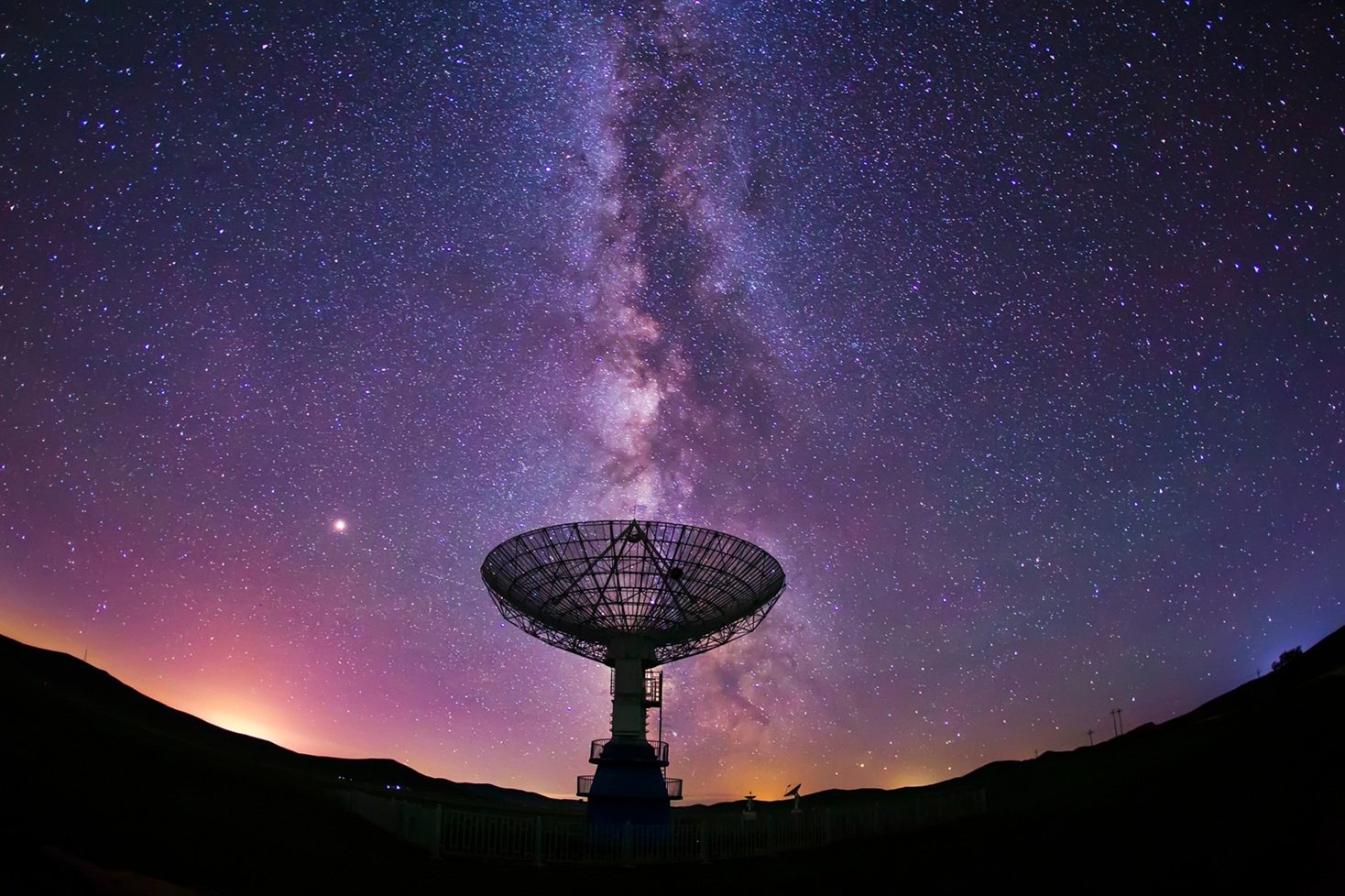By Leigh Fletcher & Emma Bunce - University of Leicester
NASA has released beautiful images from humanity’s closest encounter with Jupiter’s majestic Great Red Spot. But despite the fact that the spot is so familiar to most of us, there’s a lot that we still don’t understand about it. These new Juno observations may finally begin to unravel its mysteries.
1. How long has it been there?
The Great Red Spot is a long-lived, spinning vortex. Even Victorian-era astronomers provided carefully drawn pictures and descriptions of the large red blemish on Jupiter’s clouds. But it might have persisted for even longer than that. Observations by 17th-century astronomers Robert Hooke and Giovanni Cassini suggest a similar feature, so it might have been around for almost four centuries – or longer. But what has kept it going for so many human lifetimes, and why is there no other vortex that comes close to matching it?
2. It’s shrinking, but is it dying?
We’ve known that the spot is shrinking for many years, as the size measured by Earth-based and space-based observatories (including Hubble) has been tracked over time. Voyager measured a width of 15,534 miles in 1979, but that’s now decreased to as little as 9,942 miles only just wider than the 7,891 miles diameter of the Earth. But the shrinking has been neither continuous nor uniform – the spot went through a period of rapid shrinkage between 2012 and 2014, but has now appeared to stabilise at the new smaller size. Who knows whether we’ll ever witness the death of the spot, or whether it will remain a permanent fixture of Jupiter’s churning atmosphere.
Contrast recent images with those taken by Voyager 2 in 1979 and subjected to modern processing methods by Björn Jónsson and Seán Doran – the storm was much wider and more elongated 38 years ago than it appears today. - Image Credit: NASA / JPL / Björn Jónsson / Seán Doran
3. What is fuelling it?
The Great Red Spot rolls like a ball bearing between two of Jupiter’s prominent bands, whose atmospheric jet streams act as conveyor belts for smaller storm clusters, eddies and vortices. However if these storms are unlucky enough to meet the Great Red Spot, they are engulfed by it. Maybe these smaller vortices provide the extra energy and angular momentum needed (rotational energy locked up in orbital motion and spin) to sustain the swirling maelstrom – but we can’t know for sure.
The mix of gases and clouds found within the spot also suggests there is a powerful upsurge (known as an upwelling) at the centre, which could be transporting heat upwards to sustain the vortex. The new high-resolution images show the core of the storm as a deep red colour, with exquisite detail that will teach us more about the dynamics within the heart of the spot.
Juno’s view of the Great Red Spot taken from 5,600 miles away, with the vast vortex almost stretching from horizon to horizon, annotations by L.N. Fletcher. - Image Credit: NASA / SwRI / MSSS / Gerald Eichstädt / Seán Doran
4. How deep does it go?
If you were somehow able to fly a balloon at the edge of the swirling storm, you’d be blown around the vortex in about 3.5 days. Yet, the Great Red Spot is not quite the same as a hurricane: there’s no ocean beneath to sustain the energy of it, and nobody truly knows how far down it extends into the deep atmosphere. Is it just a feature in the upper clouds? Or could it be deep-rooted, dredging chemicals from Jupiter’s interior, which might explain why it has been stable for so long. The new images, coupled with Juno’s microwave and gravity observations, could reveal, for the first time, how far down that spot really goes.
5. Why is it red?
Despite decades of planetary exploration, we still don’t know how the gases in Jupiter’s cloud tops react to create the red coloration we see in the spot. For that matter, it’s not always red: sometimes it’ll fade to orange, or take on hues of salmon pink or rusty brown. These colours may be related to sunlight breaking down the chemical bonds of materials dredged up by the upwelling in the storm. These chemically altered species might contain compounds of sulphur, phosphorus and hydrocarbons, which could lead to the red colours. Juno’s suite of instruments, coupled with these spectacular new images, might shed light on this mystery.
6. Is its core warm?
At the cloud tops, the Great Red Spot is cold because air is rising within the vortex, expanding and cooling down. This cooling causes gases to condense to ices, creating a thick cloud cover high over the storm. Yet thermal infrared imaging reveals that the Great Red Spot has a warm heart. This warm area coincides with the deepest red cloud colours shown in the new images, and possibly a stagnation of the winds. Is this the core of the vortex, telling us what the storm looks like at depth? If so, what are the temperatures like well below the clouds? Again, Juno’s microwave observations may well reveal the answer.
Source: The Conversation








